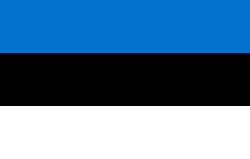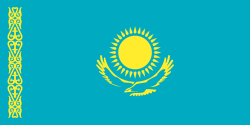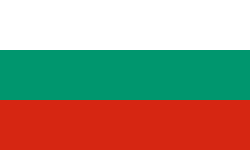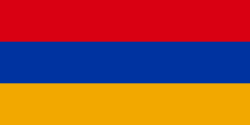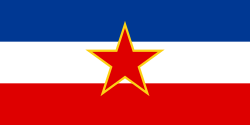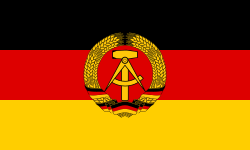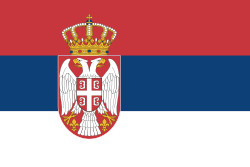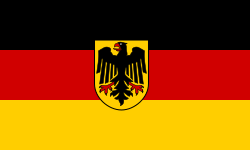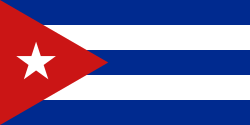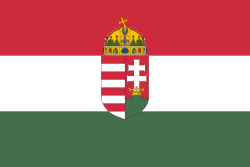Ismael Borrero
| Ismael Borrero | |
|---|---|
(c) Tasnim News Agency, CC BY 4.0 | |
| Osobní informace | |
| Datum narození | 6. ledna 1992 (32 let) |
| Místo narození | Santiago de Cuba |
| Občanství | |
| Výška | 160 cm |
| Hmotnost | 59 kg |
| Sportovní informace | |
| Sport | zápas řecko-římský |
| Účast na LOH | 2016 |
| Některá data mohou pocházet z datové položky. | |
| Přehled medailí | ||
|---|---|---|
| zlato | Rio de Janeiro 2016 | řecko-římský do 59 kg |
| Mistrovství světa v zápasu řecko-římském | ||
| zlato | Las Vegas 2015 | bantamová váha |
| zlato | Astana 2019 | lehká váha |
| Středoamerické a karibské hry | ||
| zlato | Veracruz 2014 | do 59 kg |
| zlato | Barranquilla 2018 | do 67 kg |
Ismael Borrero Molina (* 6. ledna 1992 Santiago de Cuba) je kubánský řecko-římský zápasník. Je členem havanského klubu Cerro Pelado a studuje na Universidad de las Ciencias de la Cultura Física y el Deporte.
Začínal jako vzpěrač, zápasu se věnuje od roku 2004. Je mistrem světa z roku 2015 ve váze do 59 kg. V této váhové kategorii získal zlatou medaili také na Letních olympijských hrách 2016, kde ve finále zdolal Šinobuho Ótu z Japonska.[1] Vyhrál panamerické mistrovství v zápase v letech 2012, 2013 a 2014 ve váze do 59 kg a v letech 2018 a 2019 ve váze do 67 kg. Je také dvojnásobným vítězem Středoamerických a karibských her (2014 a 2018), na Panamerických hrách 2015 obsadil sedmé místo.
Reference
- ↑ Premiérové zlato pro Kubu vyválčil zápasník Borrero. Česká televize [online]. 2016-08-14 [cit. 2019-04-27]. Dostupné online.
Externí odkazy
 Obrázky, zvuky či videa k tématu Ismael Borrero na Wikimedia Commons
Obrázky, zvuky či videa k tématu Ismael Borrero na Wikimedia Commons - Ismael Borrero v databázi Olympedia (anglicky)
- Les Sports
- Cuba sí Archivováno 14. 4. 2019 na Wayback Machine.
Média použitá na této stránce
Olympic Rings without "rims" (gaps between the rings), As used, eg. in the logos of the 2008 and 2016 Olympics. The colour scheme applied here was specified in 2023 guidelines.
Olympic Rings without "rims" (gaps between the rings), As used, eg. in the logos of the 2008 and 2016 Olympics. The colour scheme applied here was specified in 2023 guidelines.
(c) I, Cmapm, CC BY-SA 3.0
The flag of the Soviet Union (1955-1991) using a darker shade of red.
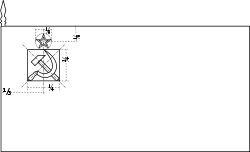
(c) I, Cmapm, CC BY-SA 3.0
The flag of the Soviet Union (1955-1991) using a darker shade of red.

Finská vlajka
Flag of South Korea from 21 February 1984 to 15 October 1997, when the exact colors were specified into their shades.
Georgian flag in Pantone MS.
Flag of the Socialist Federal Republic of Yugoslavia (1946-1992).
The design (blazon) is defined in Article 4 of the Constitution for the Republic of Yugoslavia (1946). [1]
(c) Tasnim News Agency, CC BY 4.0
Rio 2016; Greco-Roman Wrestling 59 kg
Bundesdienstflagge (Flag of the federal authorities of Germany). Under German law, federal states, municipalities, institutions or private persons are not allowed to use this flag.
Flag of Germany with a 3:2 ratio, instead of 3:5. The 3:2 version was used by the German Confederation and the Weimar Republic. See Flags of the World for more information.
Flag of Iran. The tricolor flag was introduced in 1906, but after the Islamic Revolution of 1979 the Arabic words 'Allahu akbar' ('God is great'), written in the Kufic script of the Qur'an and repeated 22 times, were added to the red and green strips where they border the white central strip and in the middle is the emblem of Iran (which is a stylized Persian alphabet of the Arabic word Allah ("God")).
The official ISIRI standard (translation at FotW) gives two slightly different methods of construction for the flag: a compass-and-straightedge construction used for File:Flag of Iran (official).svg, and a "simplified" construction sheet with rational numbers used for this file.
Flag of Hungary, from 6 November 1915 to 29 November 1918 and from August 1919 until mid/late 1946.
Variant version of a flag of Japan, used between January 27, 1870 and August 13, 1999 (aspect ratio 7:10).


